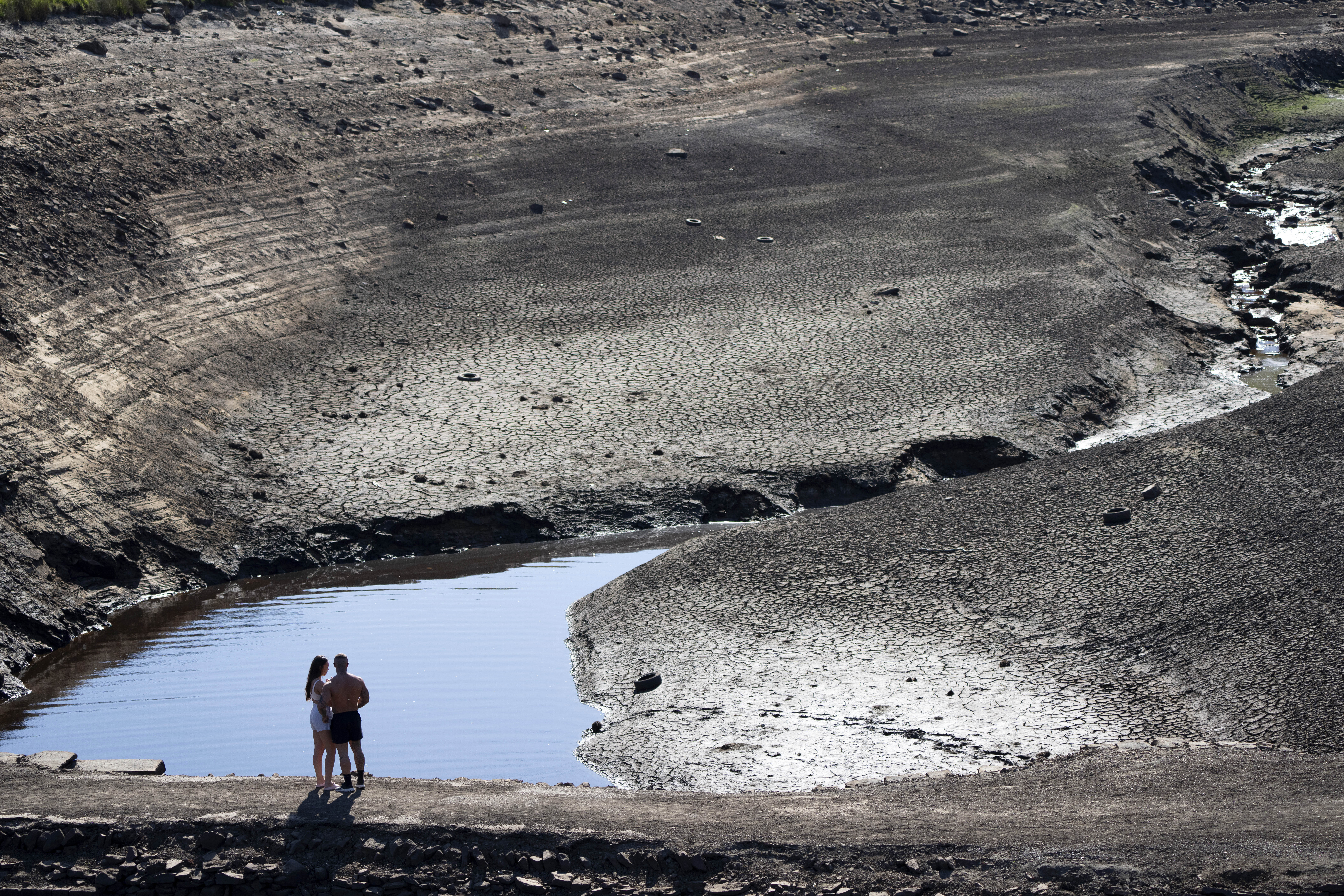Call it Law and Order: Climate Change. Scientists used detective work to pinpoint the prime suspect in Earth’s warming: us.
They proved it couldn’t be anything but carbon dioxide and other greenhouse gases from the burning of fossil fuels.
For more than 30 years top scientists from across the globe have worked together every several years to draft a report on climate change and what causes it and with each report — and increases in global temperatures — they have become more and more certain that climate change is caused by human activities. In the latest version of their report they said: “It is unequivocal that human influence has warmed the atmosphere, ocean and land.”
Scientists — including the late Ralph Cicerone, the former president of the National Academy of Scientists — have told The Associated Press their confidence in climate change being a human caused problem is equivalent to their certainty in understanding that cigarettes are deadly.
One way to show humans caused the warming “is by eliminating everything else,” said Princeton University climate scientist Gabe Vecchi.
More Climate Coverage:
Scientists can calculate how much heat different suspects trap, using a complex understanding of chemistry and physics and feeding that into computer simulations that have been generally accurate in portraying climate, past and future. They measure what they call radiative forcing in watts per meter squared.
The first and most frequent natural suspect is the sun. The sun is what warms Earth in general providing about 1,361 watts per meter squared of heat, year in year out. That’s the baseline, the delicate balance that makes Earth livable. Changes in energy coming from the sun have been minimal, about one-tenth of a watt per meter squared, scientists calculate.
But carbon dioxide from the burning of fossil fuels is now trapping heat to the level of 2.07 watts per meter squared, more than 20 times that of the changes in the sun, according to the U.S. Environmental Protection Agency. Methane, another powerful heat-trapping gas, is at 0.5 watts per meter square.
The sun’s 11-year cycle goes through regular but small ups and downs, but that doesn’t seem to change Earth’s temperature. And if anything the ever so slight changes in 11-year-average solar irradiance have been shifting downward, according to NASA calculations, with the space agency concluding “it is therefore extremely unlikely that the Sun has caused the observed global temperature warming trend over the past century.”
Feeling out of the loop? We'll catch you up on the Chicago news you need to know. Sign up for the weekly Chicago Catch-Up newsletter.
In other words, the sun had an alibi.
The other natural suspects — volcanoes and cosmic rays — had even less influence during the last 150 years of warming, scientists conclude.
The other way to show that it is carbon dioxide causing warming is by building what Vecchi calls “a causal chain.”
National Oceanic and Atmospheric Administration records measured on a Hawaiian volcano show rising carbon dioxide levels as do ice records that go back thousands of years. But the key is what type of carbon dioxide.
There are three types of carbon-containing material. Some contain light carbon, or carbon-12. Some contain heavy carbon or carbon-13 and still others contain radioactive carbon-14.
Over the last century or so, there’s more carbon-12 in the atmosphere compared to carbon-13 and less carbon-14 in recent decades, according to NOAA. Carbon-12 is essentially fossil carbon from long ago, as in fossil fuels. So the change in the ratio of carbon-12 to carbon-13 tells scientists the carbon in the air is more from burning fossil fuels than natural carbon, Vecchi said.
That’s the fingerprint of burning coal, oil and natural gas.
___
EDITOR’S NOTE: This story is part of an ongoing series answering some of the most fundamental questions around climate change, the science behind it, the effects of a warming planet and how the world is addressing it.
Associated Press climate and environmental coverage receives support from several private foundations. See more about AP’s climate initiative here. The AP is solely responsible for all content.



